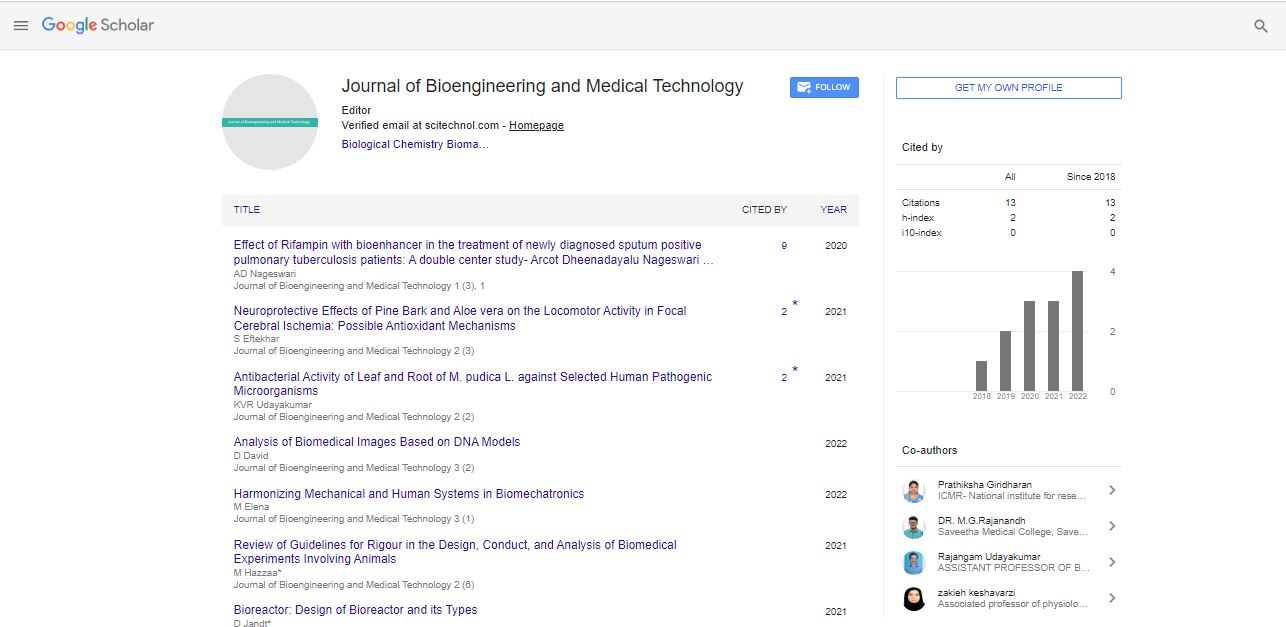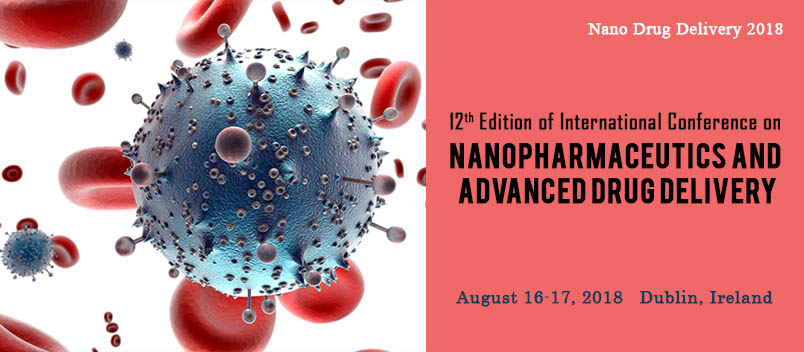Opinion Article, J Bioeng Med Technol Vol: 4 Issue: 3
Computational Proteomics: Unraveling the Complexity of the Proteome
Magnus Blinkenberg*
1Department of Pharmacy, University of Seville, Seville, Spain
*Corresponding Author: Magnus Blinkenberg,
Department of Pharmacy,
University of Seville, Seville, Spain
E-mail: blinkenbergmagnus@gmail.com
Received date: 28 August, 2023, Manuscript No. JBMT-23-118401;
Editor assigned date: 30 August, 2023, PreQC No. JBMT-23-118401 (PQ);
Reviewed date: 13 September, 2023, QC No. JBMT-23-118401;
Revised date: 20 September, 2023, Manuscript No. JBMT-23-118401 (R);
Published date: 27 September, 2023, DOI: 10.4172/JBMT.1000076
Citation: Blinkenberg M (2023) Computational Proteomics: Unraveling the Complexity of the Proteome. J Bioeng Med Technol 4:3.
Description
Computational proteomics is an interdisciplinary field that marries the power of computer science and biology to address the complex challenges associated with the analysis of the proteome, the entire complement of proteins expressed in an organism or system. The proteome, comprising the vast array of proteins within an organism, plays a fundamental role in many biological processes. Computational proteomics has emerged as a critical discipline, integrating computational algorithms, data analysis, and bioinformatics to dissect the complexities of the proteome.
Historical development
The roots of computational proteomics can be traced back to the dawn of genomics and the desire to elucidate the functions and interactions of proteins on a large scale. Over the years, it has evolved in response to technological advances, with high-throughput proteomic techniques such as mass spectrometry and next-generation sequencing leading the way.
Protein identification and characterization
One of the primary objectives of computational proteomics is to identify and characterize proteins within a biological sample. Mass spectrometry-based proteomics is a cornerstone of this process, enabling the analysis of peptides and proteins in complex mixtures. Algorithms for peptide sequencing and protein identification are crucial for translating raw mass spectrometry data into biologically meaningful results.
Biomarker discovery
Computational proteomics has a profound impact on biomarker discovery. By comparing proteomic profiles between healthy and diseased states, potential biomarkers for disease diagnosis, prognosis, and treatment can be identified. These biomarkers hold the potential to revolutionize the early detection and management of diseases, including cancer and neurological disorders.
Structural biology
Understanding the 3D structure of proteins is essential for elucidating their functions and mechanisms of action. Computational proteomics techniques, such as homology modeling and molecular dynamics simulations, assist in predicting protein structures. Structural data can guide drug design and the development of therapeutic interventions.
Systems biology
Computational proteomics is a fundamental component of systems biology, an interdisciplinary field that seeks to understand complex biological systems as a whole. Integrating proteomic data with other omics data (genomics, transcriptomics, metabolomics) enables a holistic view of cellular processes, providing insights into intricate biological networks and pathways.
Challenges and innovations
The field of computational proteomics is not without its challenges. These include the management of large-scale proteomic datasets, data quality and standardization, and the integration of diverse data sources. Innovations such as machine learning and artificial intelligence are helping to address these challenges, providing powerful tools for data analysis, feature selection, and predictive modeling.
Future directions
As computational proteomics continues to evolve, several exciting avenues emerge:
• Exploring proteomic heterogeneity at the single-cell level.
• Leveraging deep neural networks for protein structure prediction and functional annotation.
• Integrating proteomics with genomics, transcriptomics, and metabolomics for a comprehensive understanding of biological systems.
• Expanding the use of computational proteomics in personalized medicine and precision oncology.
Computational proteomics stands at the intersection of biology, computer science, and data analysis, facilitating the understanding of the proteome and its implications for biology and medicine. Its historical development has mirrored the technological advancements in the life sciences, and its significance in biomarker discovery, structural biology, and systems biology cannot be overstated. With ongoing innovations and the integration of computational approaches, the future holds great promise for further unraveling the complexities of the proteome, providing insights into health, disease, and therapeutic interventions.
 Spanish
Spanish  Chinese
Chinese  Russian
Russian  German
German  French
French  Japanese
Japanese  Portuguese
Portuguese  Hindi
Hindi 
